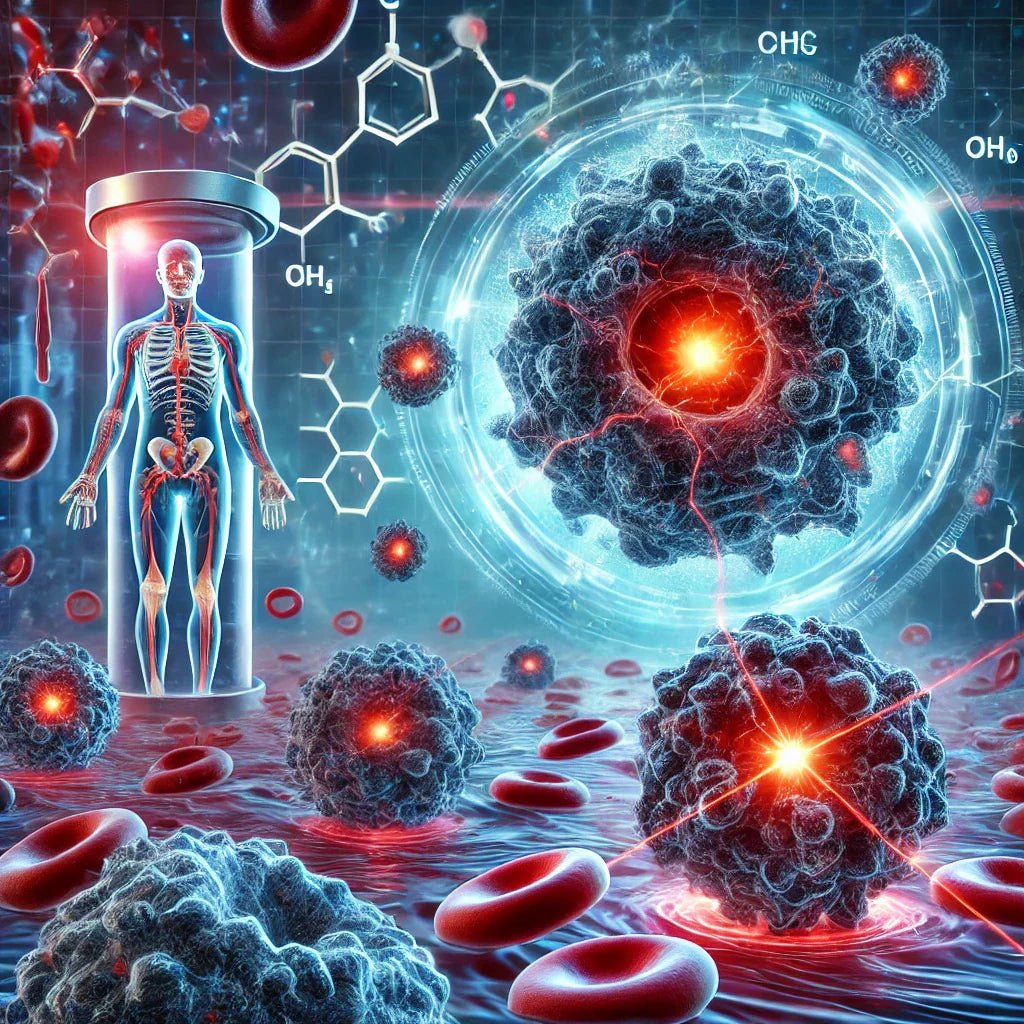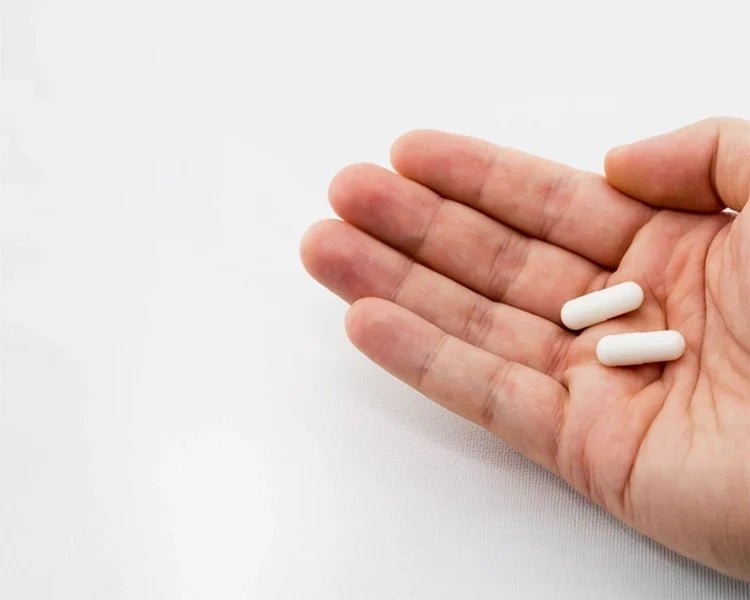Oncological rehabilitation should be defined as a medical and social process whose aim is to restore or improve the psychophysical condition of a patient with cancer. According to current trends and guidelines, it should be perceived as an integral and complementary part of interdisciplinary oncological treatment. Physiotherapy in oncology should take into account not only the medical aspect of restoring health, but also social issues - returning to professional activity and other social roles.
The aim of this article is to emphasize the importance and sensitize doctors and patients about the appropriateness of referring them to psychophysical rehabilitation before and after surgical and oncological operations.
The most common problems after oncological therapies
A patient's diagnosis of cancer, whether benign or malignant, may lead to profound emotional changes, a sense of lower self-esteem and, as a result, withdrawal from many roles performed before the disease. It may also cause a decrease in physical strength, fitness problems, lymphedema, pain caused by adhesions or scars. Chemotherapy and radiotherapy can also cause damage to muscles, nerves and tissues. This damage can lead to various disorders, e.g.
- functional deficits related directly or indirectly to the scope of surgery,
- neuropathies after treatment with radiological and cytostatic drugs,
- lymph outflow disorders after removal of lymph nodes,
- digestive disorders,
- pain in the chest and abdomen,
- in the pelvic floor, i.e. incontinence of urine, gases, stools, pelvic pain, perineum or sexual dysfunction.
Prepare for the procedure
It is worth noting that a visit before the procedure and a functional examination are extremely important in the process of potential postoperative treatment. Assessment of respiratory, performance and neuromuscular functions, as well as learning all these components before the procedure, significantly accelerates the regenerative processes and faster return to the optimal pre-treatment condition.
Physiotherapy treatments can help patients recover faster after surgery and reduce the risk of complications, especially antithrombotic complications. Physical therapists can also provide education in breathing techniques and pain management strategies. Breathing exercises are effective in reducing anxiety and improving lung function, which may be impaired after surgery, intubation, and opiate medications.
What about scars?
Physiotherapists are involved in the education and care of post-operative scar management. Techniques for working with scars help reduce tissue restrictions, reduce pain, and regain the range of motion before the procedure. Working with scars has a key impact not only on the proper sliding of organs against each other, but also on the proper blood supply and functioning of the circulatory, lymphatic and nervous systems. Manual therapy includes practical techniques for mobilizing joints and soft tissues, working on fascia and ligaments, deep indirect and direct work on internal organs and peritoneum, visceral therapy, and osteopathic techniques.
Oncological rehabilitation must be a very complex activity due to the huge role of the psychological factor.
First, we must determine the needs and work goals for a specific person. This may include the following:
Rating
The first step in developing a physical therapy plan for a patient is to conduct a thorough assessment of his or her physical function. This may include assessing range of motion, strength, balance and endurance. The therapist should also take into account the pain experienced by the patient.
Setting goals
Based on the assessment, the physiotherapist will work with the patient to establish and set realistic goals for the time being. These goals may include improving mobility, reducing pain, increasing strength, or overall improving quality of life.
Exercise recommendations
The physiotherapist develops an exercise program tailored to the patient's specific needs, abilities and goals. It may include exercises to improve range of motion, strength, endurance, but also for everyday activities such as washing, dressing, and preparing meals. Relaxation and stress reduction techniques.
Education
Physiotherapeutic facilities will provide the patient with education in the context of proper body mechanics and posture to prevent injuries and/or secondary damage. How to properly and safely perform activities for which the patient is adapted.
Supportive techniques including indirect and direct therapy
Supportive techniques include, among others, manual and fascial therapy, which aims to improve the sliding of the fascia and surrounding structures, but also to improve microcirculation. Visceral therapy, working with scars, adhesions and other structural disorders, helps to eliminate pain.
Continuation
The physiotherapist will monitor the patient's progress and adjust the treatment plan if necessary. It will also provide ongoing support and encouragement to help the patient achieve their goals.
REMEMBER!
A physiotherapy plan for an oncology patient should be tailored to his or her needs and goals. It is necessary to implement quickly accessible and publicly available oncology physiotherapy plans outside the hospital. One of such programs, to put it simply, is following the 6E principle. The name comes from the first letters of key activities that, when implemented, will help the patient improve. These are: education, energy conservation, exercise, energy restoration, easing stress and eating well. By following these six rules, you can plan the patient's daily functioning in such a way as to help him get out of the vicious circle of fatigue.
AUTHOR:
Karolina Olszewska
Female and male uro-gynecological physiotherapist, acupuncturist, hirudotherapist






